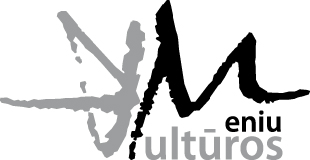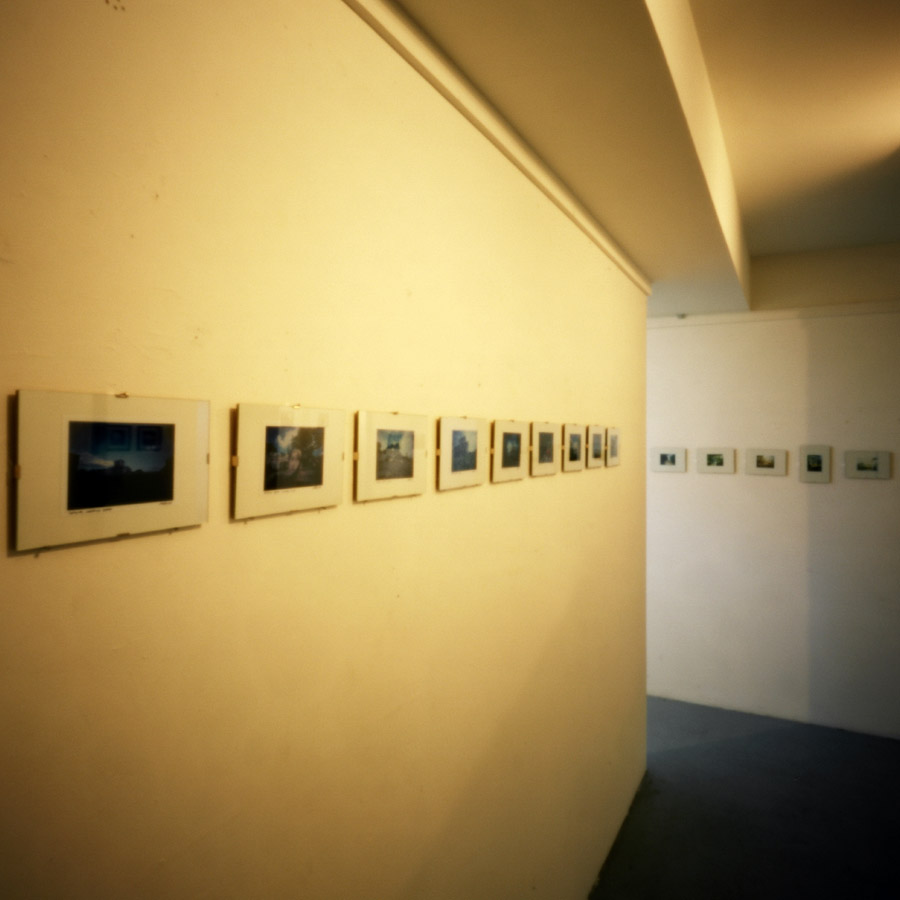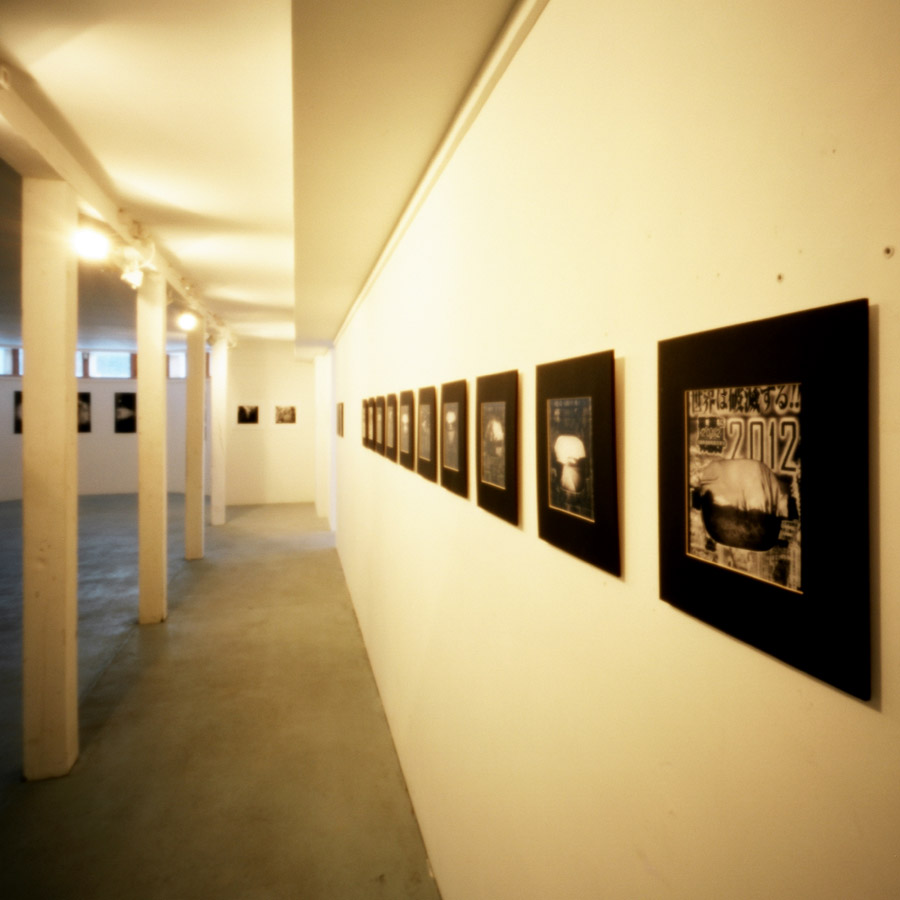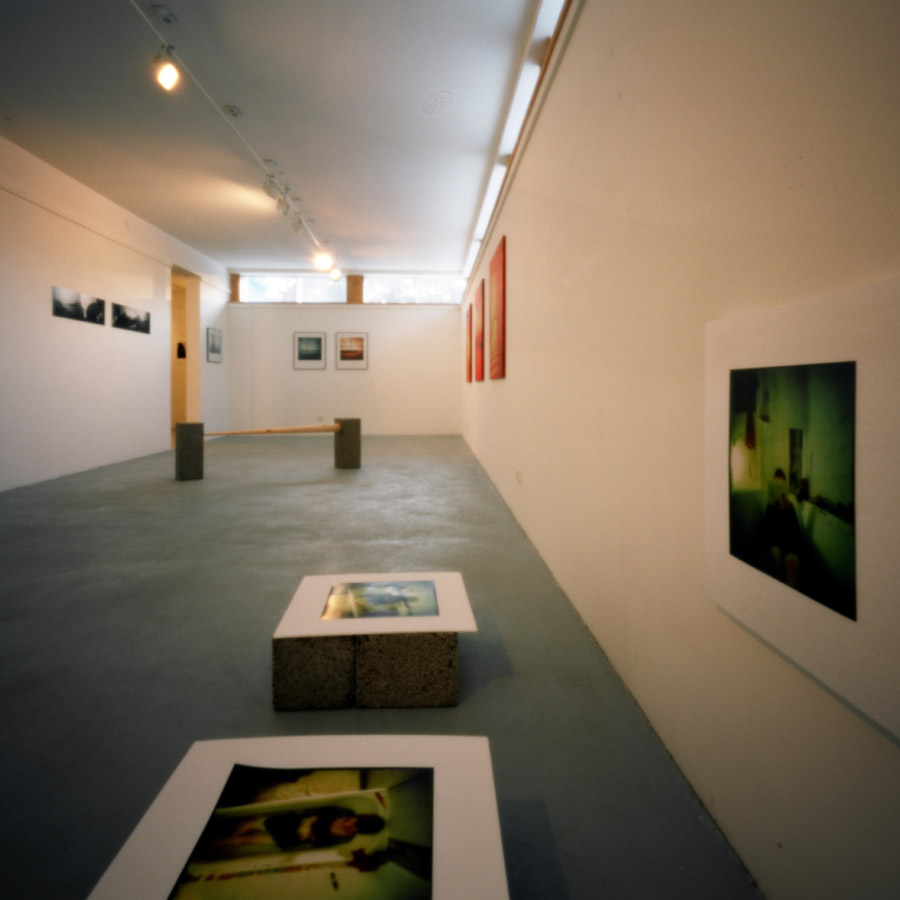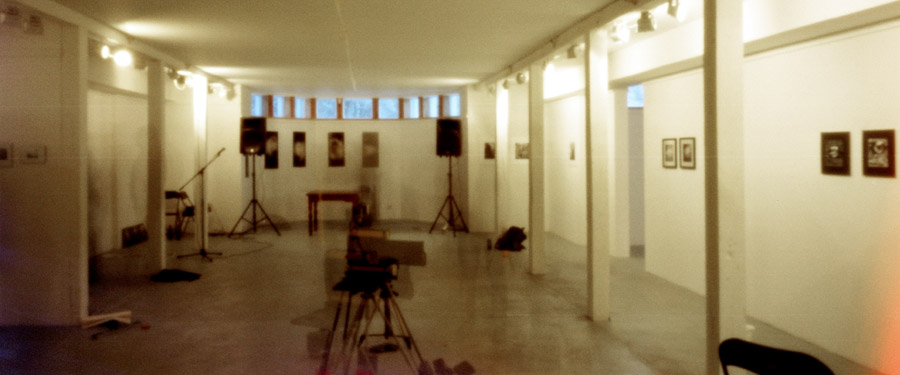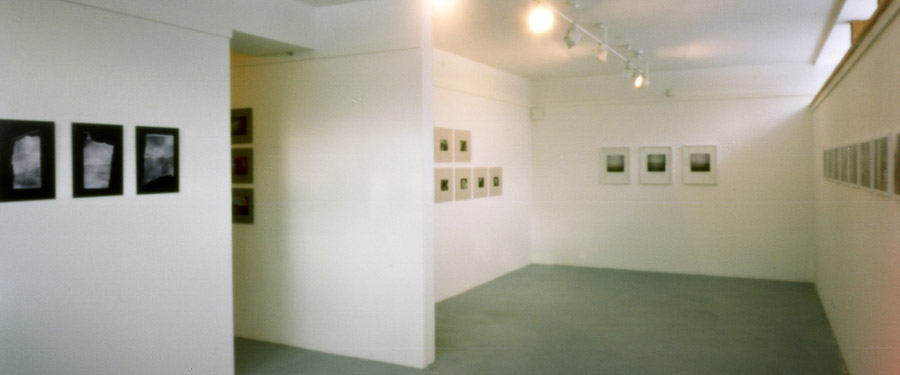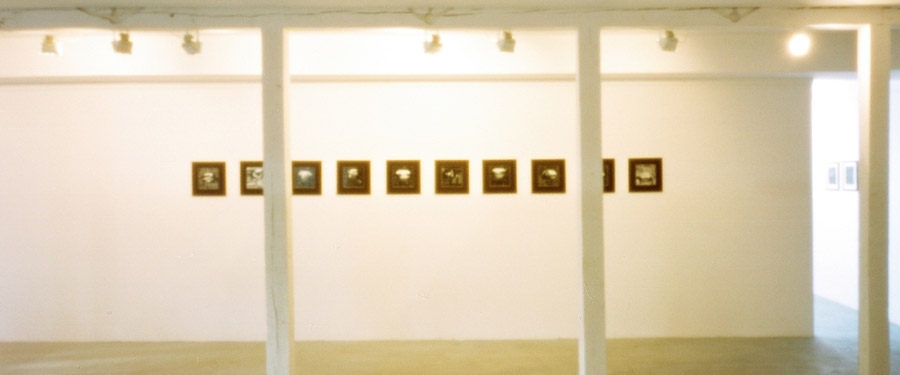Photographers: Vaidotas AUKŠTAITIS, Žilvinas GLUŠINSKAS, Mindaugas JANUŠAITIS, Aistė JUCYTĖ, Oksana JUDAKOVA, Deividas JUODGUDIS, Juozas KALNIUS, Evelina KERPAITĖ, Arūnas KULIKAUSKAS, Darius KUZMICKAS, Alfredas MARUŠKA, Vladislav NOVICKI, Jurgis PAŠKEVIČIUS, Giedrius PETRAUSKAS, Vytautas RAZMA, Tomas RAZMUS, Jurgita REMEIKYTĖ, Ieva RUTĖ, Petras SAULĖNAS, Gytis SKUDŽINSKAS, Saulius SLAVINSKAS, Vadim ŠAMKOV, Darius ŠIMKUS, Gintautas TRIMAKAS, Romualdas VAIŠVILA, Arturas VALIAUGA, Adrijus VEGYS.
UDK 77.04(474.5)(084)
Lt-01
ISBN 978-609-95138-0-5
Editor
Gytis Skudžinskas
Text
Eglė Deltuvaitė
Designer
Gytis Skudžinskas
Publisher
VšĮ „Kultūros meniu“
Editing
Rima Malickaitė
Translator
Jurij Dobriakov
Printing House
Publishing House „Druka“
How uncomfortable and irrational does the life of those into pinhole photography appear from the perspective of today’s majority who are always in a rush, yet never on time. Pinhole photography deprives one of the principal “advantages” of our everyday life: haste and inertia. Pinhole photography is the opposite of everything we’re used to today. One cannot proceed mechanically here – patience is a must, one cannot just look – seeing is the point. Pinhole photography is all about moving against the flow while always thinking about light and time.
Capturing images through a pinhole requires identification with the surrounding space.
Pinhole photography laughs at success. This notion simply doesn’t exist in its universe.
Remaining a foreign body in it, one effectively disavows the indispensable meditative aspect, which is as important as breathing in this process. The latter is managed by a human being and a box rather than software – managed, yet never controlled. The human is dependent on the box, and vice versa. The box becomes an extension of the human – in other words, the third eye. Thus, it is not a tool, but rather a personified alter ego, which produces a feeling from light and time…
Pinhole photography laughs at success. This notion simply doesn’t exist in its universe. One can estimate, measure, forecast and so on, but the feeling enters the box not as a result of exact calculations. For pinhole photography, the photographic fact is a state rather than an image, where conscious caging of the feeling is more important than precise rendering of the subject. Whether the result appears real and convincing depends on the existence of a symbiotic relationship between the human and the box.
Writing with light in a stretched time, which is the essence of pinhole photography, inevitably imparts a certain mystique to the image. It has a special aura that endows it with an ambiguous status. It seems that the camera obscura had been employed in attempts to prove the existence of the devil for a good reason.
Pinhole photography is a singular philosophy of seeing the world, and sometimes even a way of life. Those into pinhole photography are obsessed with photographic thinking. They are photography’s aesthetes – or maybe ascetics? They are all united by a responsible and reflective approach to photography and the environment. They might well be the only ones able to fit the world through a pinhole at any angle.
Pinhole photography is certainly not suspension of the instant. The one thing that is suspended here is you yourself; you slow down your thoughts and experience of life. Pinhole photography is a key to creative meditation on reality.
Text © Eglė Deltuvaitė
Documentation from exhibition PINHOLE LT photography
A. Montys Museum, Palanga, Lithuania
16 01 2010 – 10 02 2010
Photo © Gytis Skudžinskas
